Why Mexico City Is the Dream Destination for Foodies and Design Lovers
Mexico City (CDMX) is having a moment. Mexico‘s sprawling capital city has quickly become an “it” destination as travelers have wised up to its irresistible charm, burgeoning food and design scene, abundance of museums (second in number only to Paris), rich culture, and relative affordability.
Earlier this year, Mexico City was named 2018’s World Design Capital, the first city in the Americas to receive the honor, a designation to showcase how design and creativity are used as tools for economic and social development. There are numerous events and exhibitions at universities, galleries, and public spaces leading into Design Week this October. Design lover or not, here are just a few of the reasons why there’s no better time to experience this gem of a city.
Stay
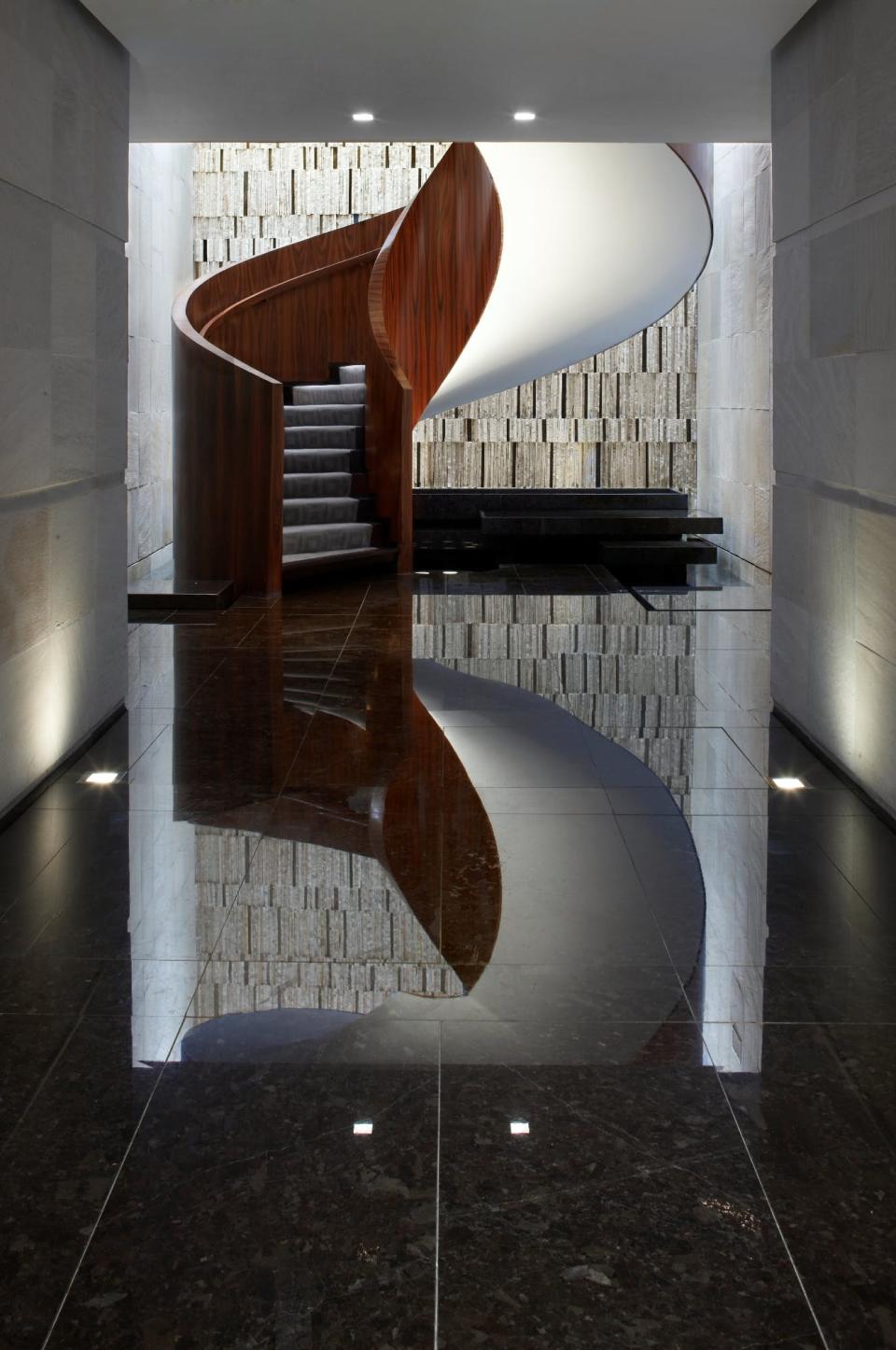
Las Alcobas: This luxury boutique hotel is located in the ritzy neighborhood of Polanco on Avenida Presidente Masaryk, a tree-lined street filled with high-end shopping and Mexico’s answer to the Champs-Élysées. You’ll feel like a VIP the minute you check in, when a refreshing welcome drink is delivered to your room by a personal butler, who will also deliver coffee or tea in the morning or draw you one of the hotel’s three relaxing herbal baths. If you’re not a bath person, the rain shower complete with eight separate shower heads is an equally indulgent experience. An elegant rosewood spiral staircase runs through the center of the hotel, and the rooms are sleek and modern, with thoughtful touches like handmade Mexico soaps in the bathroom and a mini-fridge stocked with beverages and local snacks. The hotel and its exceptionally warm service provide the ideal respite after a long day of sightseeing; you can also head to the on-site spa for a rejuvenating massage or facial or refuel at one of the two fine dining restaurants, Anatol (the margaritas are a must) and Dulce Patria. (Photo via Las Alcobas)
Ryo Kan: This Japanese-inspired hotel provides you a little zen in the middle of the bustling city. Guests can enjoy the Japanese garden complete with a koi pond, open library, or rooftop onsen (bath house), which combines Japanese-style bathtubs with Mexican treatments. Minimalist rooms are furnished with natural wood and stone elements as well as tatami mats.
El Patio 77: El Patio 77 is an eco-friendly B&B in a renovated 1890 mansion. There are just eight rooms (named after Mexico’s states), and the hotel is decorated with recycled vintage furniture and crafts from fair-trade Mexican artisans. Mexican breakfast is served daily in the courtyard, and an art gallery displays local art.
Condesa DF: Condesa DF is a modern hotel housed in a 1928 French Neoclassical-style mansion in the trendy neighborhood of Condesa. The minimalist rooms have handwoven Mexican blankets. Lounge in the restaurant’s open courtyard for a nosh, or enjoy sunset sushi on the terrace overlooking Chapultepec Park.
Camino Real: For a throwback experience, stay at the Camino Real, a bright pink and yellow, retro-looking hotel built by renowned architect Ricardo Legorreta for the 1968 Olympics. The exterior is reminiscent of a pre-Hispanic pyramid, and inside you’ll find plenty of color and art and a courtyard pool.
Eat and Drink
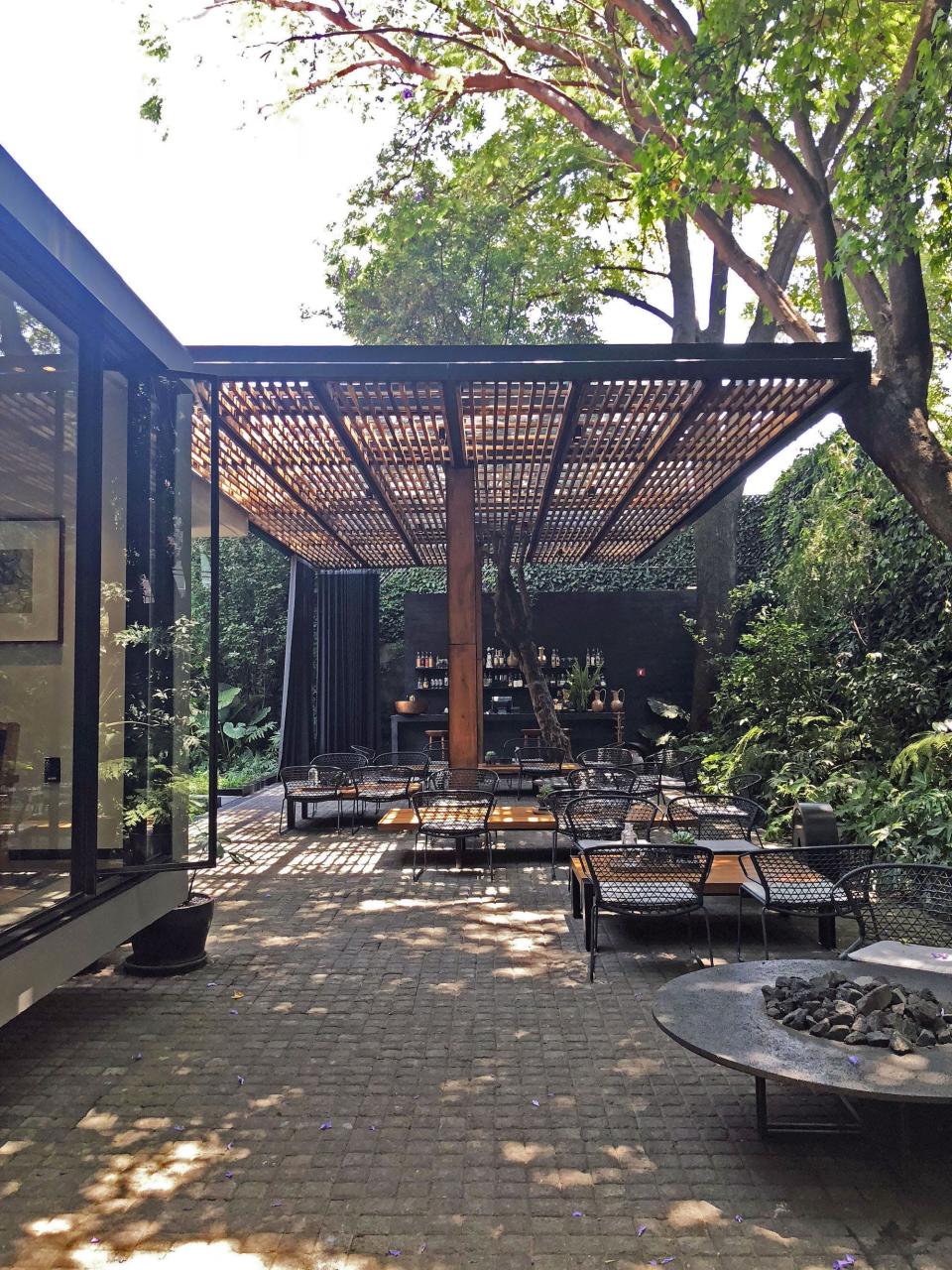
Pujol: Arguably Mexico City’s best restaurant, Pujol is worth the splurge and possibly the trip to CDMX alone. Chef Enrique Olvera, who has since expanded to two New York City restaurants, masterfully reinvents Mexican food using seasonal, local ingredients in creative ways. Enjoy the tasting menu in the light-filled dining room or the exceptional taco omakase, featuring a variety of handmade tortillas, at the bar. Dining here is truly a memorable experience. Reservations are a must.
Dulce Patria: The bright pink facade of this Polanco restaurant is a good indication of what you’ll find inside: fun, colorful, modern Mexican dishes by Chef Martha Ortiz. The food is as artistic as it is delicious — sweets are served on wooden toys made by Mexican artisans.
El Moro: There are multiple locations of this churreria, but the original in Central Historico has been serving the delectable fried dough since 1935 and is open 24 hours a day, so there is no bad time to get your fix of churros along with a side of hot chocolate or indulge in a churro ice cream sandwich. The newer locations have white and blue tiled walls that are made for Instagram.
Comedor Milagros: Get a taste of all of Latin America’s flavors at this food hall, where you can snack on bites from Argentina, Brazil, Peru, Uruguay, and Colombia. Wash it down with one of their inventive cocktails, including a gin and watermelon combo that is served in a plastic bag.
Rosetta: Tucked away in a mansion in the Roma neighborhood is one of the city’s most romantic restaurants. Chef Elena Reygadas uses seasonal ingredients in her Mexican/Italian dishes, and you’ll feel right at home in the intimate dining rooms, which are decorated with delicate wall frescoes. There are also standalone sister bakeries (panaderias) with mouthwatering handmade breads and pastries.
Contramar: Contramar is a seafood lover’s dream, and a long lunch in the airy dining room is the best way to spend a leisurely afternoon (the restaurant closes at 8pm on Friday and Saturday and at 6:30pm on the other days). Everything on the menu — from the aguachiles to the tuna tostadas — is as fresh as can be.
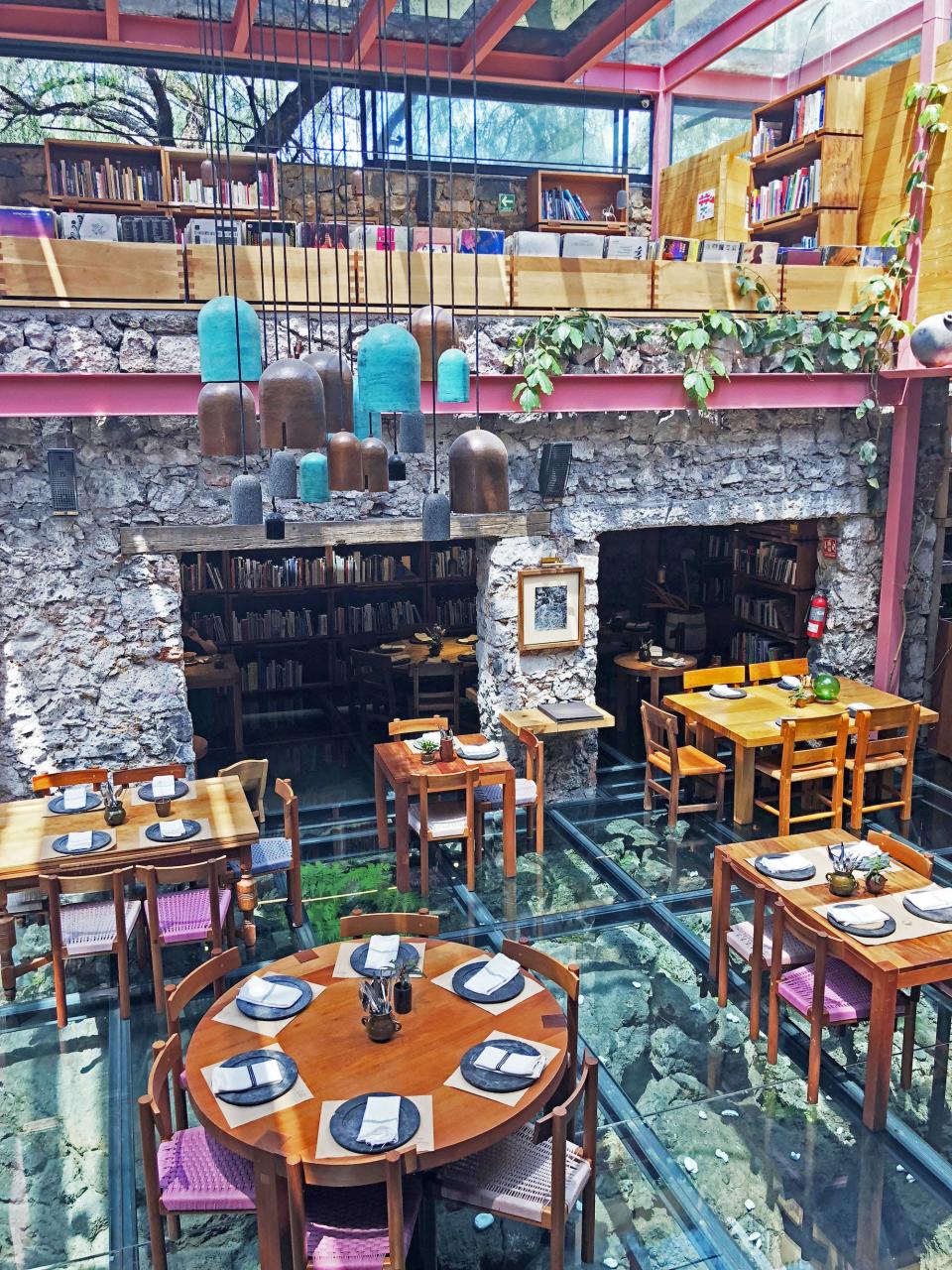
Tetetlán: Located in Jardines del Pedregal in southern Mexico City, Tetetlán is a stunning restaurant housed in the former stables for the home of famed architect Luis Barragán. Along with the restaurant, the building also has a shop, cafe, artist residence, yoga studio, and library. Tall skylights let in tons of natural light, and glass floors overlook the volcanic rock on which the restaurant is built. Barragán’s signature pink is weaved throughout in the form of rafters and beams, and natural elements like wood decorate the space. True to the restaurant’s dedication to sustainability, more than 90 percent of the ingredients used are of national origin.
Licorería Limantour: Limantour (with locations in the Roma and Polanco districts), along with its extremely skilled mixologists, is heralded as being at the forefront of craft cocktail culture in CDMX. The bar has a huge menu of innovative cocktails that incorporate seasonal ingredients and local liquors.
Salon Rios: If you’re traveling with a group, head to this big cantina — a large wooden bar, stocked with shelves of alcohol, sits in the middle of the lively space. On Tuesdays and Thursdays, there is live music and salsa dancing on the second floor.
Mercado Roma: This three-story gourmet food hall in the Roma district is a culinary delight, with numerous stalls serving a wide variety of treats such as tapas, tacos, Mexican-made macarons, coffee, and wine. Sidle up to some new friends at the long communal tables or head upstairs to the terrace beer garden to sip on a Mexican craft beer.
Quintonil: Chef Jorge Vallejo, a Pujol alum, serves super modern Mexican food in this Polanco restaurant. The tasting menu will offer you creative dishes you won’t experience anywhere else, such as charred avocado tartare with escamoles (ant larvae).
Chapulín: This design-forward restaurant serves contemporary Mexican cuisine and is located inside the Intercontinental Hotel in Polanco. The dining room is decorated with unique tiles and woodwork and huge windows surrounded by greenery. And yes, there are plenty of opportunities to order the restaurant’s namesake insect, chapulínes (grasshoppers).
Street Food: While there is no shortage of fine dining options in CDMX, sometimes a good dose of street food can really hit the spot. Stop by one of the numerous food carts located throughout the city, where you can find fruit seasoned with lime, chili, and salt; tacos; tortas; fried chapulínes (grasshoppers); or escalote (corn on the cob covered in mayonnaise, cheese, and chili).
To Do
Bosque de Chapultepec: This 1,700-acre city park is the second largest in Latin America and once was an important site for the Aztecs. Its name means “grasshopper hill,” and it is now home to a variety of museums, a zoo, aqueducts, a castle, and man-made lakes. The Museo Nacional de Antropología has the world’s largest collection of Mexican artifacts spread across 23 rooms; the minimalist architecture of the building is just as impressive as the rich cultural education inside.
Another notable landmark is the fuente de Tláloc, a huge tiled fountain with a sculpture of Tláloc, the god of rain, designed by Mexican muralist Diego Rivera. Behind is a building, the Cárcamo, that once held a water tank for the fountain as well as a formerly underwater mural depicting water as the source of life, also by Rivera (the water tank has since been drained).
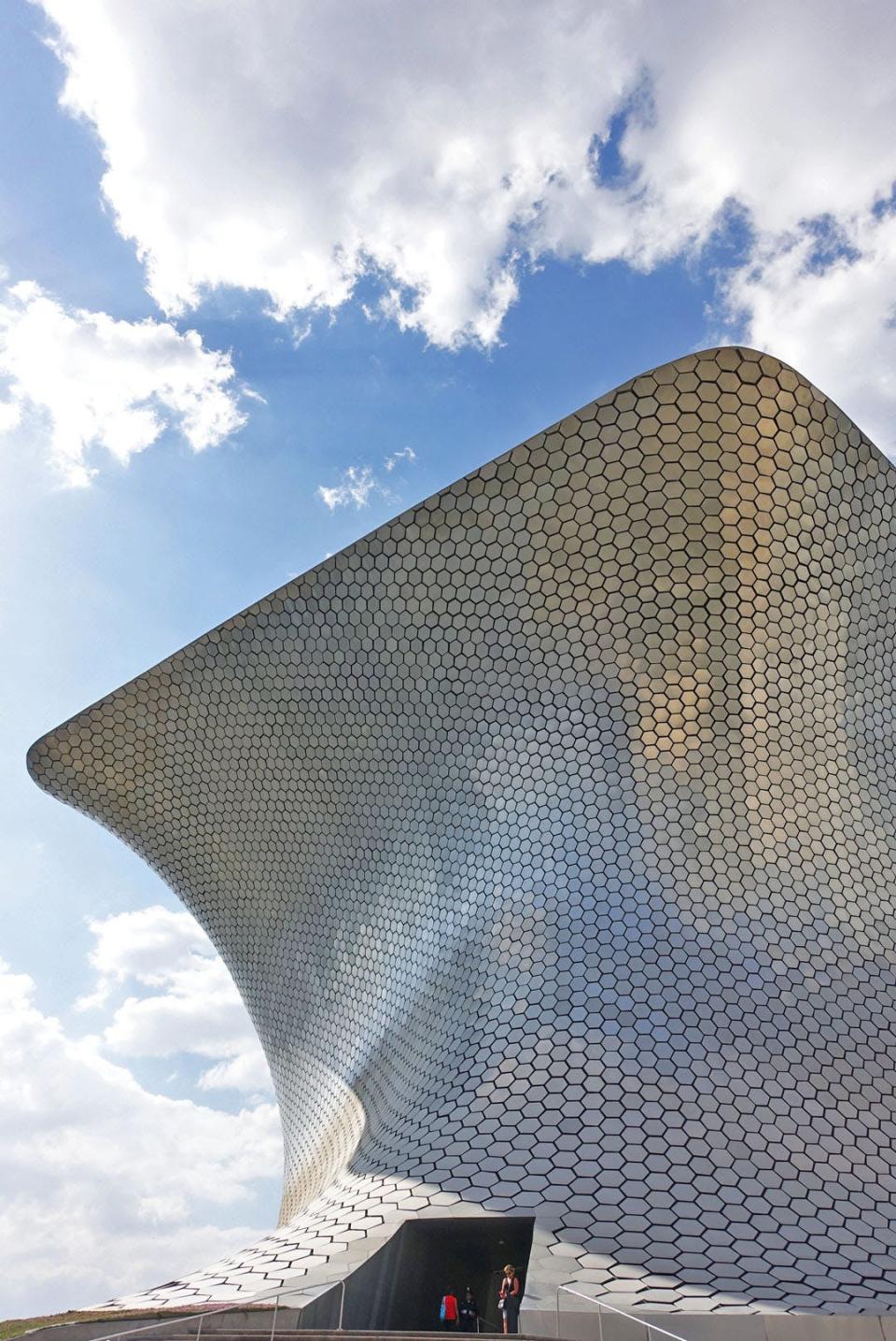
Museum Hopping: CDMX has over 150 museums to explore, but two of the highlights are found side by side in the Polanco District. Museo Soumaya, a striking aluminum-tiled curved structure, has a large private art collection featuring pieces from, among others, Rivera, Auguste Rodin, Pablo Picasso, and Claude Monet. Facing the Soumaya is the equally impressive and architecturally distinct Museo Jumex, a contemporary art museum housed inside a concrete cube with a spiked roof.
Frida Kahlo and Diego Rivera’s Mexico City: Mexico’s legendary artists Frida Kahlo and Diego Rivera had a passionate and tumultuous relationship over the course of two decades. During that time, they both achieved artistic fame separately and together. A visit to Kahlo’s birthplace, Museo Frida Kahlo AKA Casa Azul, located in the Coyoacán neighborhood, provides a glimpse into her art and her and Rivera’s life (the couple lived together there for a number of years). After her death in 1954, Rivera stored her personal belongings in a locked bathroom, to be sealed until 15 years after his death. The room was finally opened in 2004 and Kahlo’s distinctive dresses are currently on display.
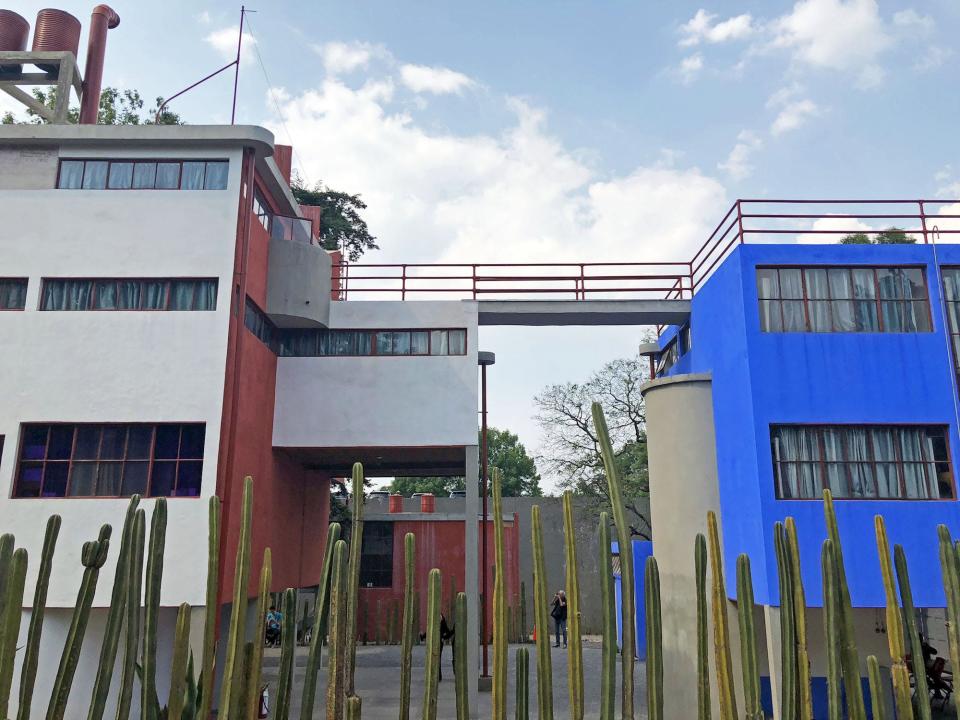
Another must-see is the Museo Casa Estudio Diego Rivera y Frida Kahlo in the San Angel district, designed by the couple’s painter and architect friend, Juan O’Gorman. The couple lived here on and off and had separate studios connected by a bridge; Kahlo’s was the same shade of blue as Casa Azul.
Zócalo: The main square, also known as Plaza de la Constitución, is located in the heart of the historic center of the city and has been a gathering place dating back to the Aztec times. Now bordered by the presidential palace and Catedral Metropolitana, the public plaza holds a number of different events throughout the year and is where massive crowds gather to celebrate Independence Day on September 15. Just off the square is Templo Mayor, the ancient ruins of the Aztecs’ most important temple and the spot they believed was the center of the universe. The temple was discovered in the ’70s and remains an active archaeological dig site. For a bird’s eye view, grab lunch at Balcón del Zócalo, a restaurant on top of the Zócalo Central Hotel overlooking the plaza, and watch the bustle below while a waiter prepares guacamole tableside.
Just off the main square is San Ildefonso, a former Jesuit boarding school turned museum and considered to be the birthplace of muralism. The halls are decorated with murals from some of Mexico’s notable artists. Rivera painted his very first mural, Creation, over the course of a year from 1922-1923 inside the Bolivar Amphitheater.
Luis Barragán: Luis Barragán, one of Mexico’s most influential architects and the country’s only Pritzker Prize winner (architecture’s highest honor), has design influences all throughout CDMX. His former home and studio in the Miguel Hidalgo district, Casa Luis Barragán, was built in 1948 and has since been designated as a UNESCO World Heritage Site. It is frequented by architects and students as a study of contemporary forms, light, and color.
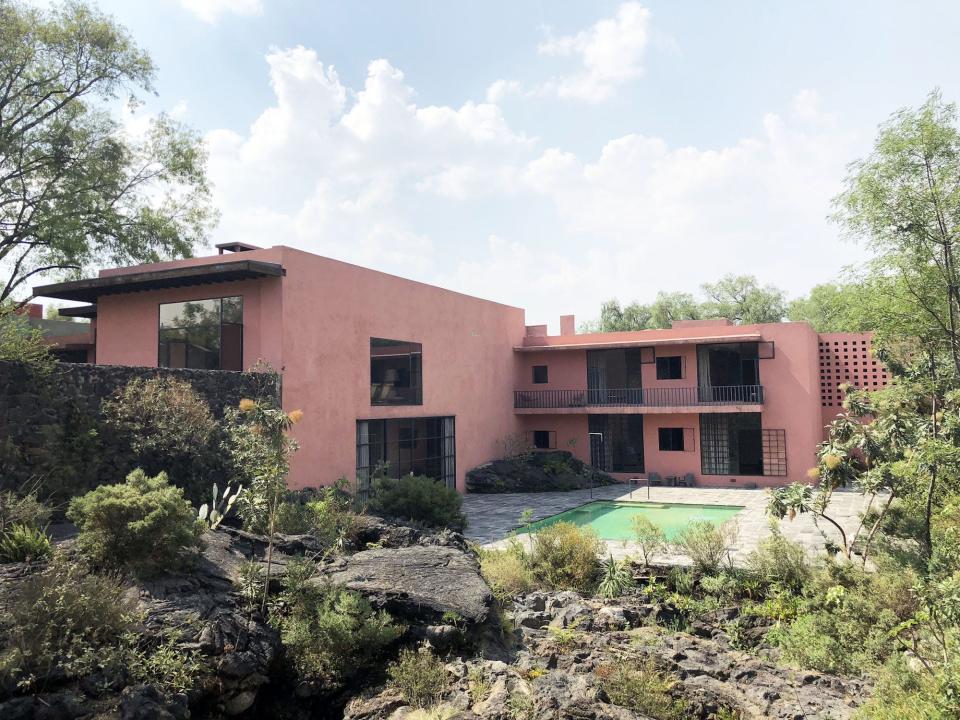
In Pedregal, a neighborhood covered largely by lava fields and developed by Barragán in the mid-’40s, visitors can also visit Casa Pedregal, a private home designed by the architect. The minimalist house is his signature pink, uses local materials, and blends into its otherworldly landscape. An art collector purchased the house in the ’70s and restored it to its original state, but the clean lines and mid-century style feel timeless.
Shopping: The city is brimming with up-and-coming designers and good shopping. A wander through the trendy neighborhoods of Juarez and Roma will take you past a number of carefully curated shops. A few to look out for in Juarez: Loose Blues, an apparel and accessories store with a bright cafe upstairs; Fusión Casa de diseñadores, a collection of small stores featuring Mexican designers; Utilitario Mexicano, simple and modern home decor and furnishings; and Galeria Mexicana de Diseño (Havre 77), a design gallery with art, fashion, and food. In nearby Roma, check out hipster 180° shop, which sells local clothing brands, special-edition sneakers, and skateboards.
If you are looking to drop some serious bills, head to Polanco, where you’ll be surrounded by all of your favorite European luxury brands like Louis Vuitton, Gucci, Ferragamo, and more. For a more boutique feel, check out Lago, where you’ll find a selection of gorgeous homewares and clothing from Mexican and Latin American designers.
For budget buys, stop by one of the weekend flea markets, such as the La Lagunilla Sunday Flea Market, where you can find deals on everything from antiques to art to leather huarache sandals.
Tag us in your next vacation on Instagram @BritandCo.
(Photos via Lesley Chen)


